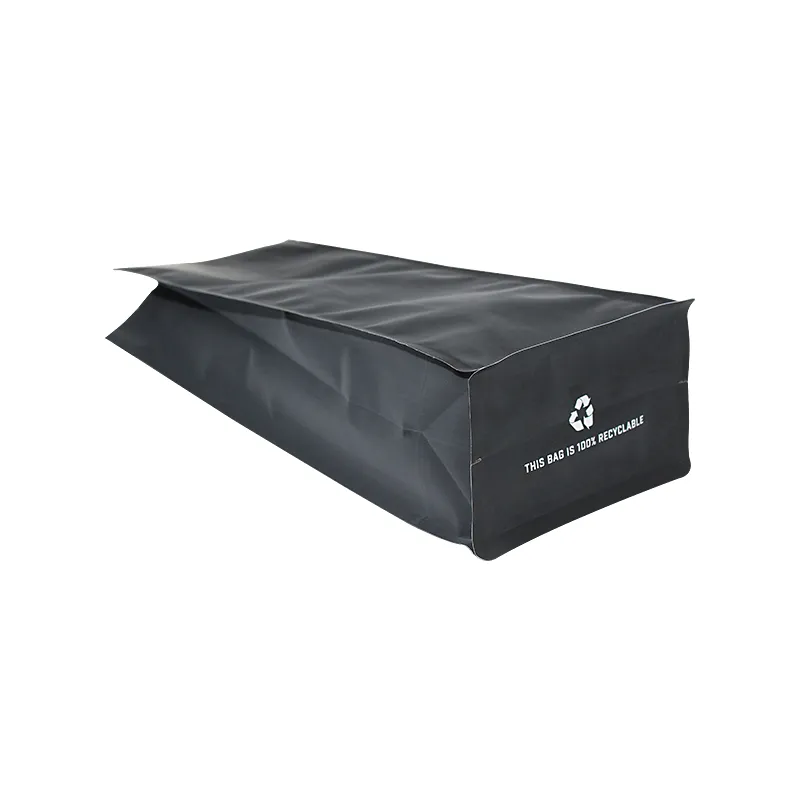- Afrikaans
- Albanian
- Amharic
- Arabic
- Armenian
- Azerbaijani
- Basque
- Belarusian
- Bengali
- Bosnian
- Bulgarian
- Catalan
- Cebuano
- chinese_simplified
- chinese_traditional
- Corsican
- Croatian
- Czech
- Danish
- Dutch
- English
- Esperanto
- Estonian
- Finnish
- French
- Frisian
- Galician
- Georgian
- German
- Greek
- Gujarati
- haitian_creole
- hausa
- hawaiian
- Hebrew
- Hindi
- Miao
- Hungarian
- Icelandic
- igbo
- Indonesian
- irish
- Italian
- Japanese
- Javanese
- Kannada
- kazakh
- Khmer
- Rwandese
- Korean
- Kurdish
- Kyrgyz
- Lao
- Latin
- Latvian
- Lithuanian
- Luxembourgish
- Macedonian
- Malgashi
- Malay
- Malayalam
- Maltese
- Maori
- Marathi
- Mongolian
- Myanmar
- Nepali
- Norwegian
- Norwegian
- Occitan
- Pashto
- Persian
- Polish
- Portuguese
- Punjabi
- Romanian
- Russian
- Samoan
- scottish-gaelic
- Serbian
- Sesotho
- Shona
- Sindhi
- Sinhala
- Slovak
- Slovenian
- Somali
- Spanish
- Sundanese
- Swahili
- Swedish
- Tagalog
- Tajik
- Tamil
- Tatar
- Telugu
- Thai
- Turkish
- Turkmen
- Ukrainian
- Urdu
- Uighur
- Uzbek
- Vietnamese
- Welsh
- Bantu
- Yiddish
- Yoruba
- Zulu
hips plastic material
The Role of HIPS Plastic Material in Modern Applications
HIPS, or High Impact Polystyrene, is a versatile plastic material that is extensively used in a variety of applications due to its excellent balance of performance characteristics, ease of processing, and cost-effectiveness. Recognized for its impact resistance, good dimensional stability, and aesthetic properties, HIPS has become a staple material in several industries, including consumer goods, automotive, electronics, and packaging.
Structure and Properties of HIPS
HIPS is created through the combination of polystyrene (PS) with a rubber modifier, which enhances its toughness and impact resistance. This unique composition allows HIPS to maintain the clarity and rigidity of polystyrene while significantly improving its strength. One of the key features of HIPS is its ability to withstand shock and resist cracking, making it an ideal choice for applications where durability is crucial.
In terms of thermal properties, HIPS has a glass transition temperature of around 100°C, which enables it to be used in environments with moderate temperature fluctuations. Furthermore, HIPS exhibits good processability through common manufacturing techniques such as injection molding, extrusion, and thermoforming. This versatility allows manufacturers to produce complex shapes and components efficiently.
Applications of HIPS
HIPS is utilized in a wide array of products and industries
1. Consumer Products HIPS is widely used in the consumer goods sector to produce items such as toys, household appliances, and containers. Its lightweight nature, coupled with its ability to be easily molded into intricate designs, makes it a preferred material for creating durable and appealing consumer products.
2. Packaging In the packaging industry, HIPS is favored for producing food packaging, disposable cutlery, and storage containers. The material's non-toxic nature and easy cleanability are essential features for food-related applications. Moreover, its rigidity ensures that it can withstand handling without easily bending or breaking.
hips plastic material

3. Electronics HIPS is also extensively used in the electronics sector, where it serves as housing for various gadgets and devices. Its insulating properties and resistance to impact make it ideal for protecting sensitive electronic components.
4. Automotive In the automotive industry, HIPS is used in the interior and exterior components of vehicles, such as dashboards, trims, and casings. The material’s lightweight nature contributes to fuel efficiency, while its durability enhances the longevity of automotive parts.
Environmental Considerations
As with many plastics, the environmental impact of HIPS production and disposal is a concern. The increasing focus on sustainability has prompted researchers and manufacturers to explore recycling options and the development of biodegradable alternatives. HIPS can be recycled, which helps reduce waste and conserve resources. However, there is still much work to be done to improve recycling rates globally.
The push for more sustainable materials has led some companies to investigate the use of bio-based HIPS or blended materials that incorporate recycled content. These innovations aim to minimize the environmental footprint of HIPS while maintaining its desirable properties.
The Future of HIPS
Looking ahead, the demand for HIPS plastic material is expected to continue growing as its applications expand in response to technological advancements and consumer needs. The integration of HIPS in smart packaging solutions and more sustainable production practices are on the rise. Additionally, ongoing research into enhancing the material’s properties, such as increasing its resistance to chemicals and UV degradation, will further solidify HIPS’s position in the market.
In conclusion, HIPS plastic material plays a crucial role in numerous sectors due to its unique combination of lightweight, durability, and ease of processing. While it faces challenges related to sustainability, the ongoing advancements in recycling and material science promise a bright future for HIPS. Manufacturers and consumers alike will benefit from this versatile plastic as it continues to evolve and meet the demands of modern applications.













